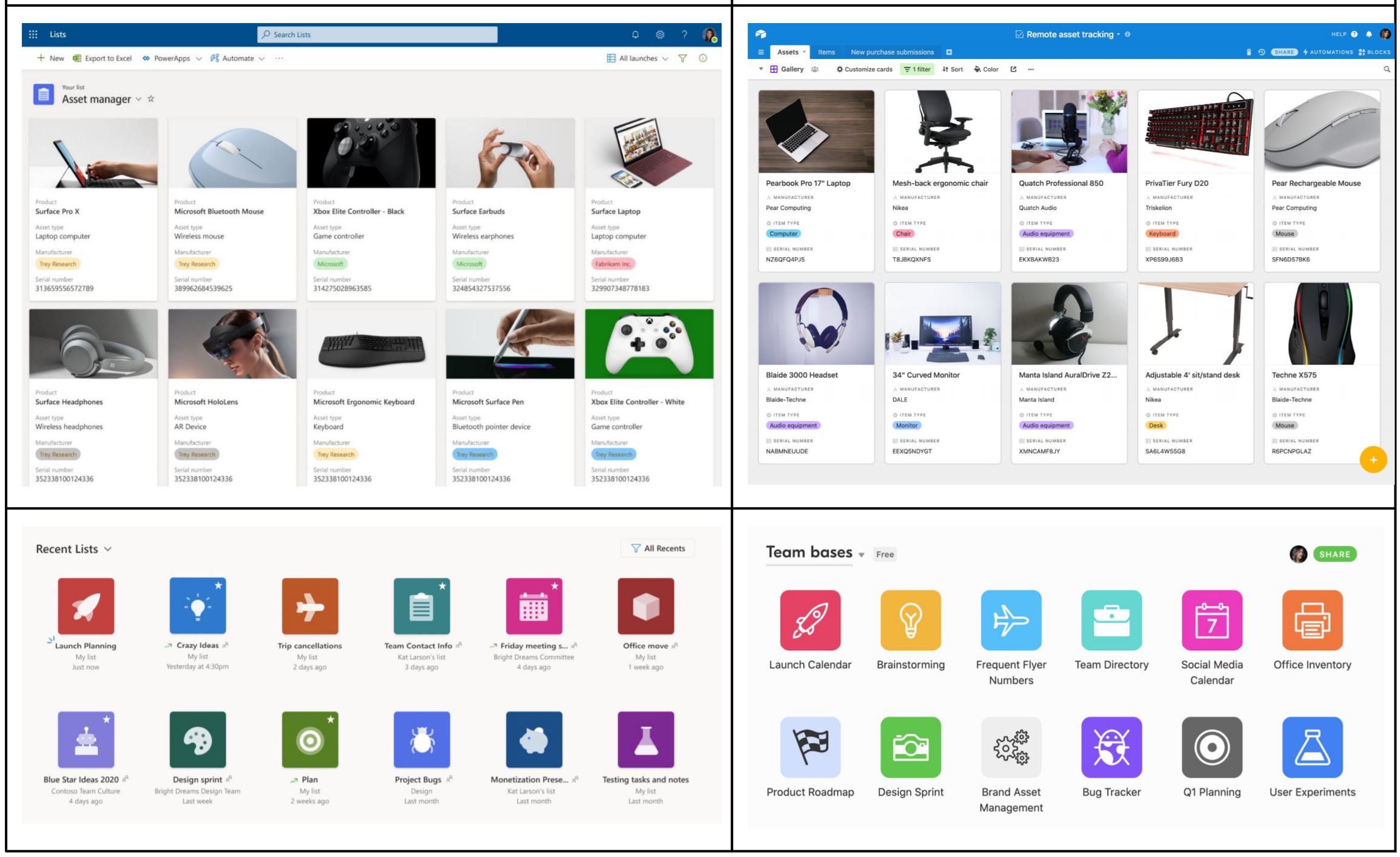

With the Premium plan and beyond, you get more customization options. So if you need more, you’ll probably have to invest in a paid plan. You can assign owners, deadlines, simple tags, project tags, and priorities to tasks-and you can add subtasks to help break up the work. You don’t have access to custom fields, which can make it difficult to manage complicated projects or workflows. However, compared to Airtable, the capabilities are pretty limited.
AIRTABLE VS ACCESS FREE
It has fields for metrics like time durations, percentages, dates, prices, and quite a bit more.Īsana gives you a lot of space to work with from the very start, as their Free plan accommodates up to 15 users with unlimited projects, tasks, storage, and activity logs. The next, you could group it by owner first then by priority.īut because Airtable is spreadsheet focused, it can also sort and process data beautifully. For example, one day, you could group tasks first by status then by task owner. The grouping feature is particularly useful-you can group tasks by any field you’d like and even create subgroups that are easily adjustable with a few clicks. And with a paid plan, you can access the timeline and Gantt views and Airtable’s section feature, which helps group up views to make it easier to find what you need in a long list of views.Īirtable also has a robust filtering and grouping system so you can more easily divide your tasks to make them a bit more manageable. Even on just the free plan, you can set up grid, kanban, list, gallery, and calendar views-along with forms. Airtable is a spreadsheet-based project management tool with a wide variety of options for managing your task and workflow.


 0 kommentar(er)
0 kommentar(er)
